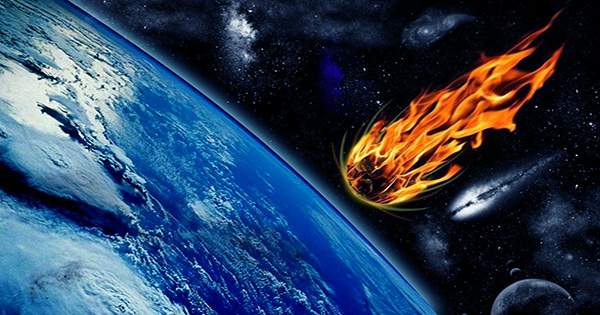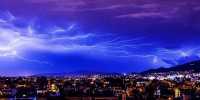New evidence provides confirmation for the notion that massive volcanic eruptions led to the extinction of the last-Permian masses, but as a connection it gives a novel twist. A study by Nature Communications revealed that the amount of nickel abundance increased with the eruption, which changed the balance of life on the planet and eventually sent a combination of atmospheres. Mass extinctions are measured by the proportion of species that become extinct during their time. On this basis, the end-Permian known as the Prantian-Triassic event surpassed the dinosaur-killing of Cretaceous, as well as the worst assumptions for the occurrence of anthropocene extinction.
About 90 percent of marine life forms and three-quarters of land-dwellers died. The event coincided with the eruption of the vast volcanic province of Siberia. Although young experts consider this to be probably a coincidence, the connection is not clear. Volcanic eruptions on this scale can be locally destructive and alter the global atmosphere, leading to extinction, but other eruptions of the same size have killed far fewer species.

Dr. Laura Wasellenki of the University of Northern Arizona and co-authors found that the nickel accumulated in the sedimentary rocks of that time seemed to be missing links in the form of isotopes. The 252 million-year-old Arctic Canadian rocks, obtained from the Wasselinki Sweatdrop Basin, have the highest proportions of light nickel isotopes measured in silt. At that time, all the continents of the world were united in Panjia, and the server drop was very close to the Siberian net. He concludes that Siberian volcanoes have spotted us with large amounts of light nickel isotopes, which were eventually found on the way to the rocks of these rocks.
Nickel is not toxic enough that it directly killed many living creatures and many animals really need this amount to survive. She said in a statement, “Increased methane would be fatally detrimental to all oxygen-dependent life,” he said. Thus, Wasselinki thinks that the effect of nickel was on the other side, which led to the flourishing of methane-producing microorganisms. So much methane cooked the planet, as well as reducing the abundance of oxygen, making it harder to breathe.
















